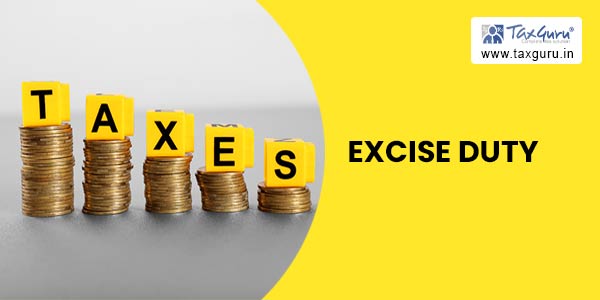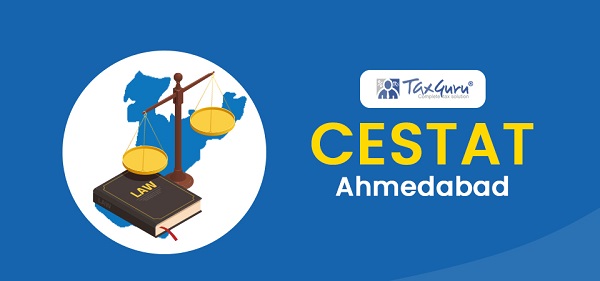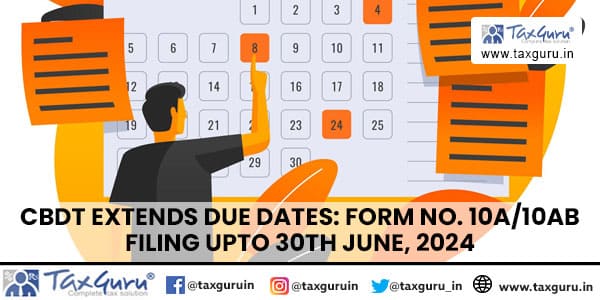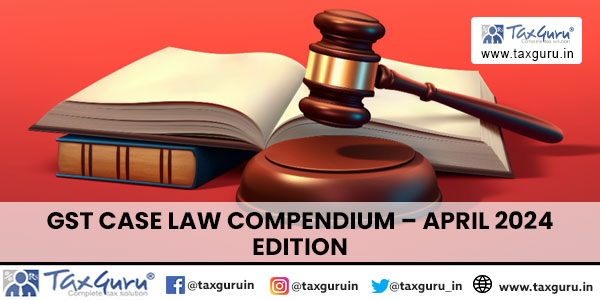Case Law Details
Brief of the case- ITAT Ahmedabad held in the case of Arvind Murjani Brands Pvt Ltd vs. ACIT that As the amount on which tax was deducted at source is not at all chargeable to tax, then the command of section 199 will have to be harmoniously and pragmatically read as providing for allowing credit for the tax deducted at source in the year of the receipt of the amount, on which tax was deducted at source.
Facts of the case-
The Assessing Officer did not allow thecredit of TDS on theground that the tax has been deducted on the rent received by the assessee. The assessee has not offered the rent as the incomeof the assessee and therefore, the credit for TDS cannot be allowed. The same is sustained by CIT (A)
Contention of Revenue:
The assessee has not offered the rent as the income of the assessee and therefore, the credit for TDS cannot be allowed.
Contention of Assessee:
However, the assessee claimed the credit of such tax deduction.
Held by ITAT:
The ITAT relied upon the identical issue decided by ITAT Mumbai Bench in the case of the assessee for Assessment Year 2007-08, vide ITA No.6708/Mum/2010 wherein the ITAT directed the Assessing Officer to allow the credit for the Tax Deducted at Source. Section 199 provides the modus operandi for allowing the credit of TDS. It is done by finding out the year in which the income on which tax was deducted, is assessable to tax. It is quite natural that the credit for tax deducted at source from the amount of income should be allowed simultaneous with the event of chargeability of such income to tax. So once the year of chargeability of the amount received in the nature of income is determined, the credit for tax deducted has to be allowed to the payee in such year. However, problem may arise where amount received is not at all income assessable to tax either in the year of receipt or in any earlier or later year. As the amount on which tax was deducted at source is not at all chargeable to tax, then the command of section 199 will have to be harmoniously and pragmatically read as providing for allowing credit for the tax deducted at source in the year of the receipt of the amount, on which tax was deducted at source. If the view point canvassed by the Revenue is accepted and the assessee is not allowed credit for the tax deducted at source, an arduous situation will arise. The amount of tax deducted at source will remain in limbo. The Revenue will never be in position to allow credit for such tax because the amount is not chargeable to tax in the hands of the assessee and it cannot retain such amount with it in contravention of Article 265 of the Constitution of India. To circumvent such a situation, the only possible solution is to allow credit for the tax deducted at source to the payee of the amount in the year for which such tax was deducted and the amount was paid after deduction of tax at source.
Since the fact in the present case was identical to the case law relied upon, following the decision, the Assessing Officer was directed to allow the credit for the Tax Deducted at Source, amounting to Rs.9,62,952/-.






















Sir, not clear about your querry. pls elaborate
Sir
Good Evening
My question is maximum limit of cash bill raise of daily basis , or no limit of cash blll please clear my point
Thanks
Rajesh